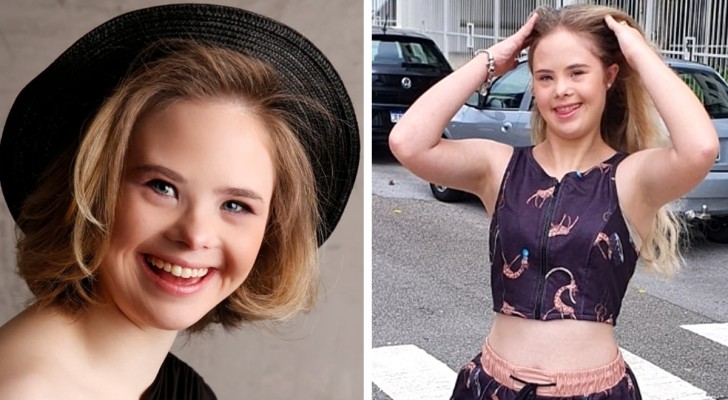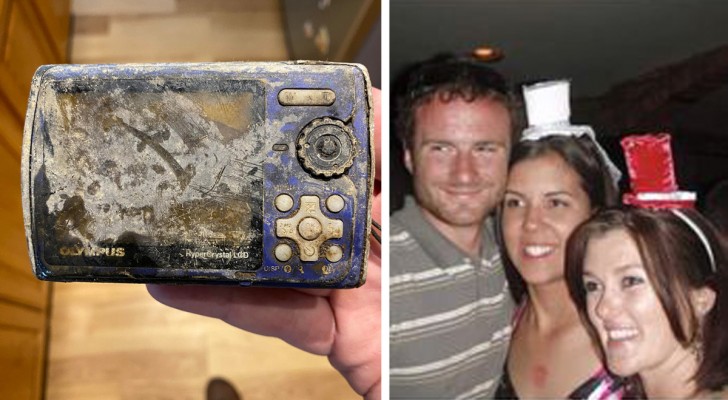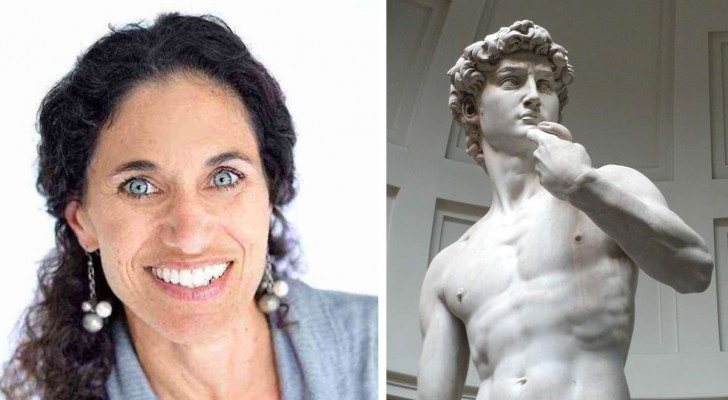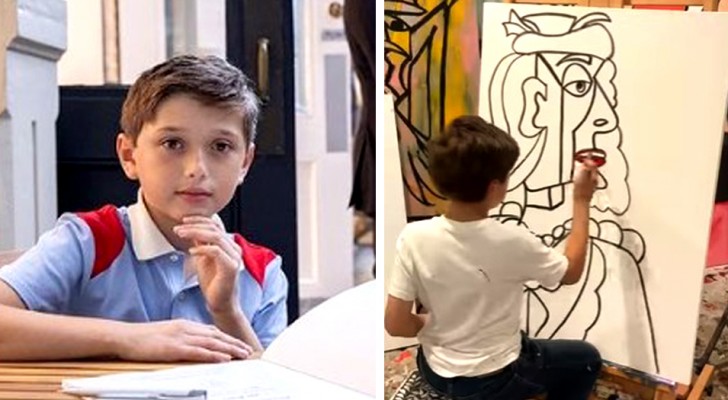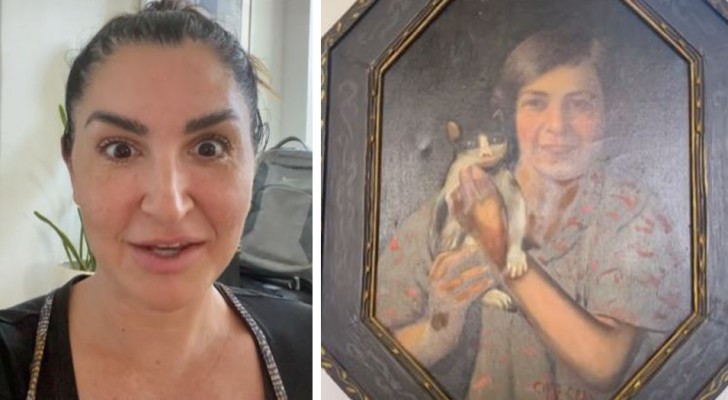18th-century photo technique becomes avant-garde!
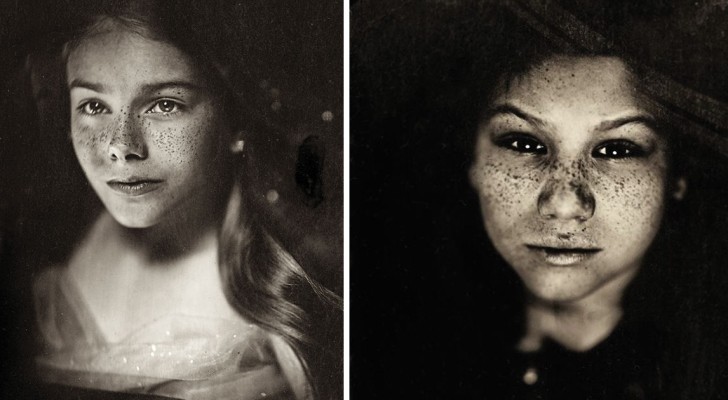
Advertisement
Much of today's photographers try to make the best use of technology to enhance their photos, but Jacqueline Roberts swims decisively in counter-current when it comes to modern tendencies.
Her photography is recognizable at a glance, though with difficulty it would be attributed to a contemporary artist. Its distinctive feature lies in the technique used in the 1800s, called "wet plate".
The emotions displayed on the faces of the young subjects in Roberts's close-up face portrait photographs exercise a magnetic attraction to those who look at them.
Advertisement
Wet plate photography is thought to have been invented in 1851 by photographers Frederick Scott Archer (Great Britain) and Gustave Le Gray (France).
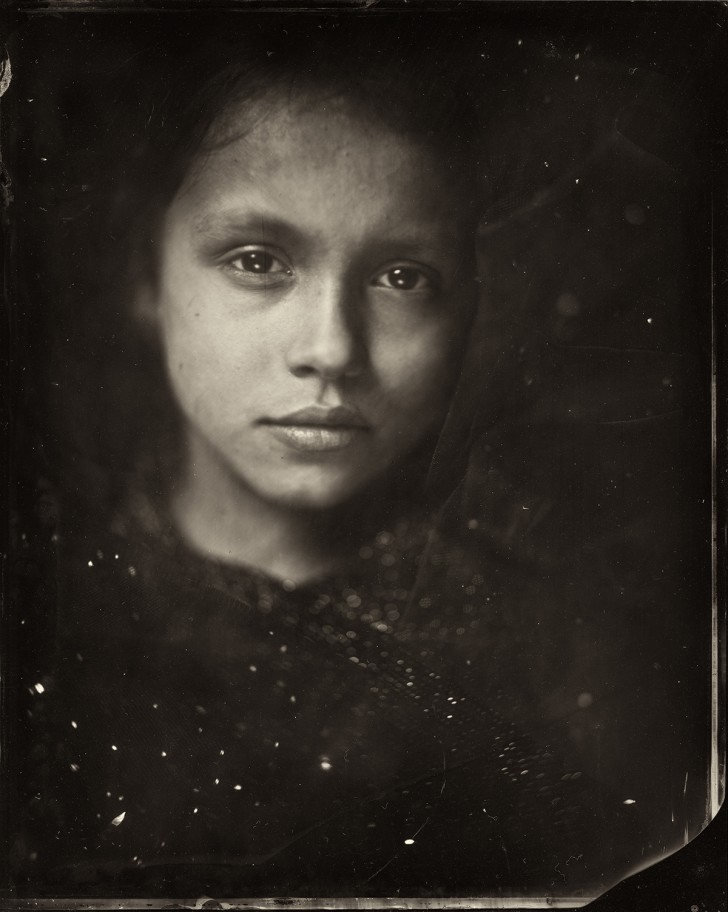
Advertisement
The peculiarity of this technique, namely, the wet plate collodion process, is that the exposed photographic plate must be developed immediately after exposure, even using an improvised dark room, if necessary.
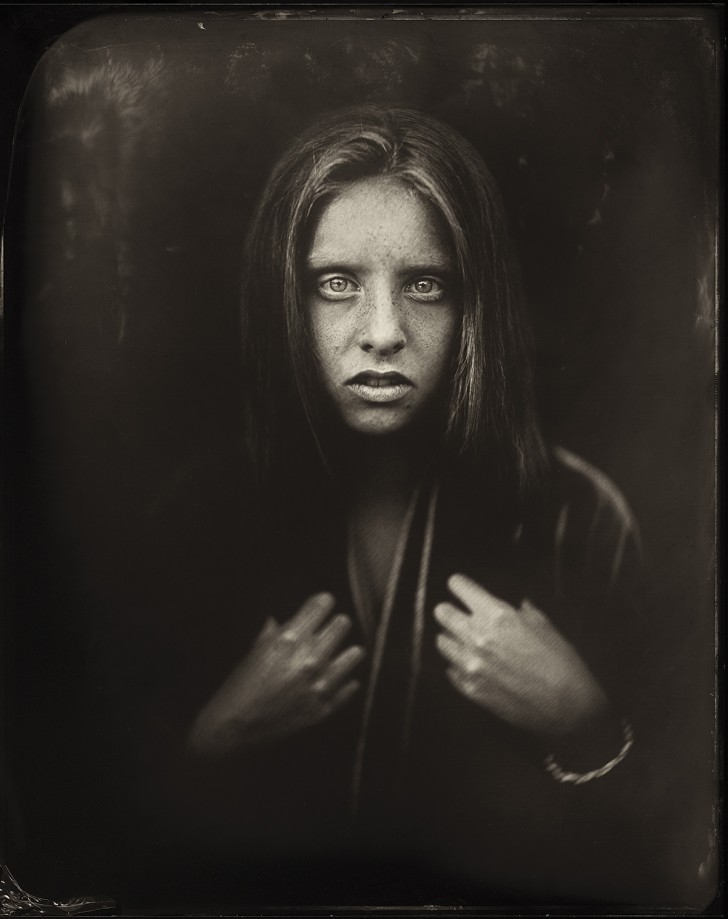
The wet plates (photographic plates bathed in collodion), another name by which the technique is known, all have a spectral aspect; are full of imperfections and this helps to make them intriguing and quite fascinating.
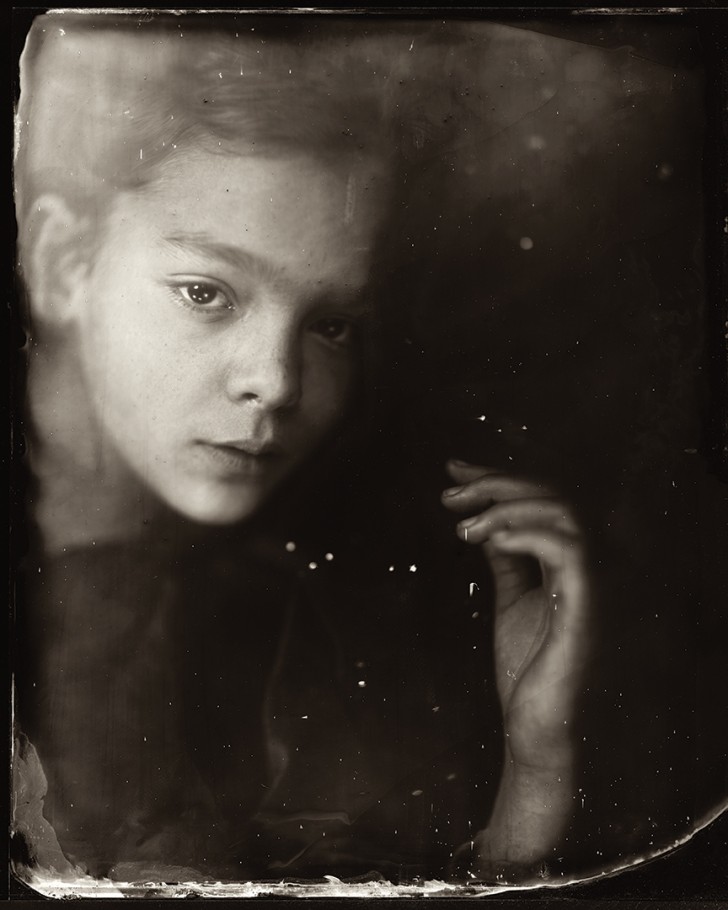
It can be said that the photographs developed with the wet collodion technique are the opposite of digital photos, which instead aim for perfection and sharpness.
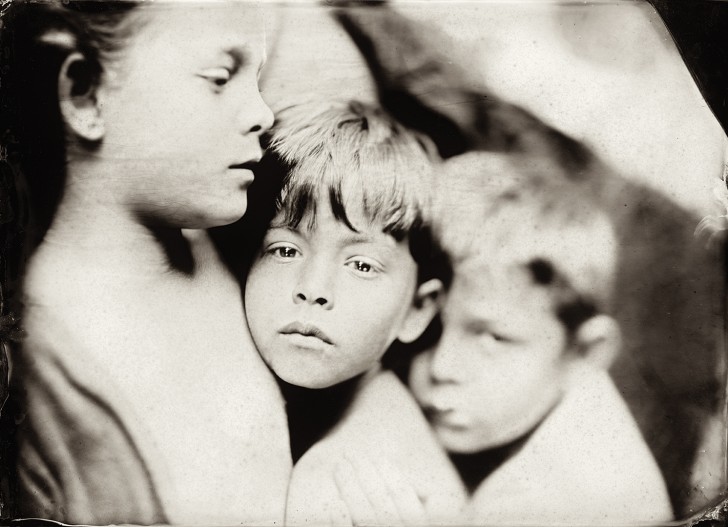
Developing a wet plate photograph is quite complex since it requires the use of a variety of chemicals, mixed in exact quantities, and high speed of execution.
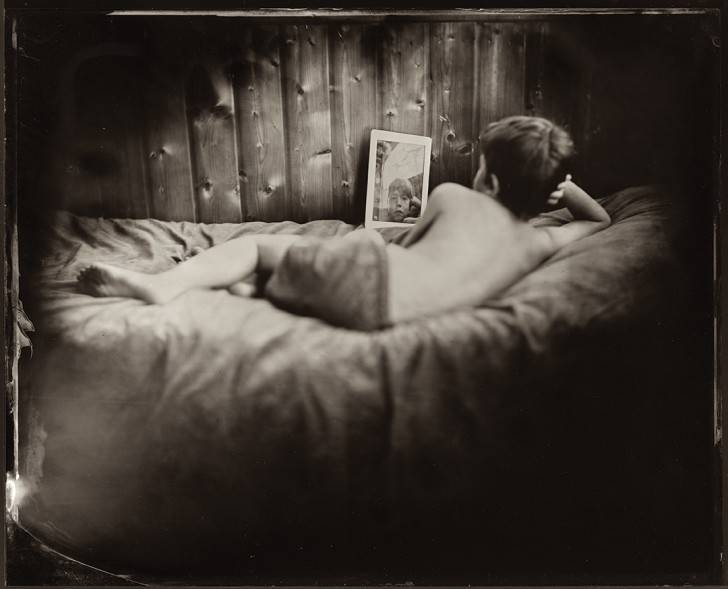
Advertisement
For all these reasons the ultimate success of a photograph is a gamble.
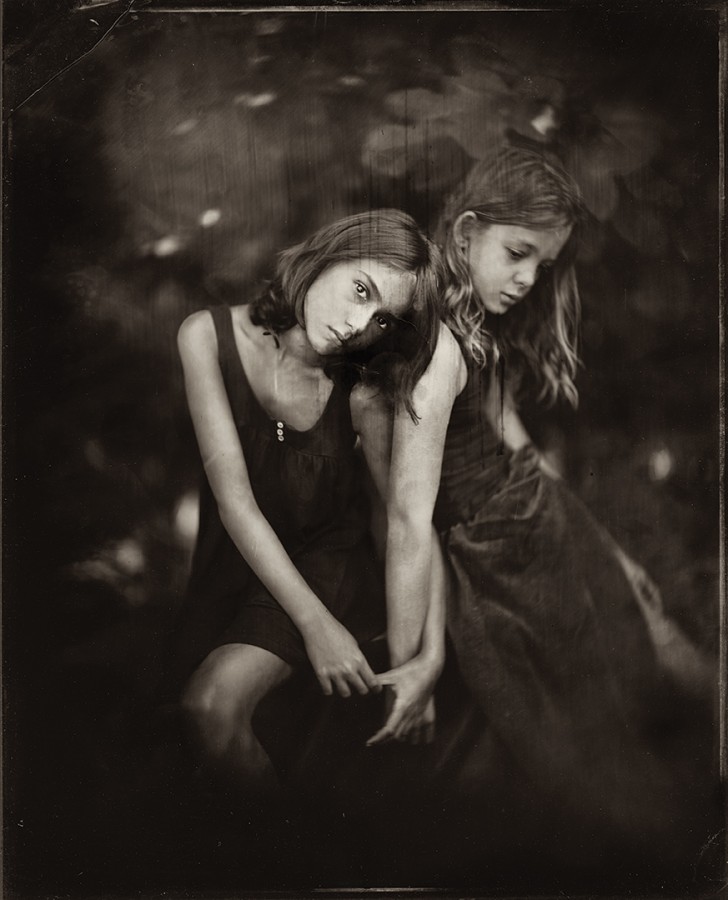
The images captured by Jacqueline Roberts portray mainly young people and children.
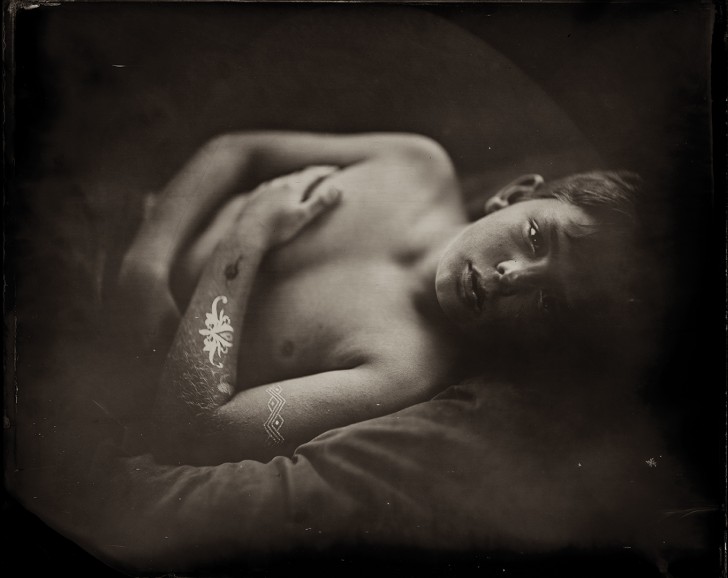
Advertisement
Roberts considers all the procedures required by the wet plate technique to be akin to an actual ceremony.
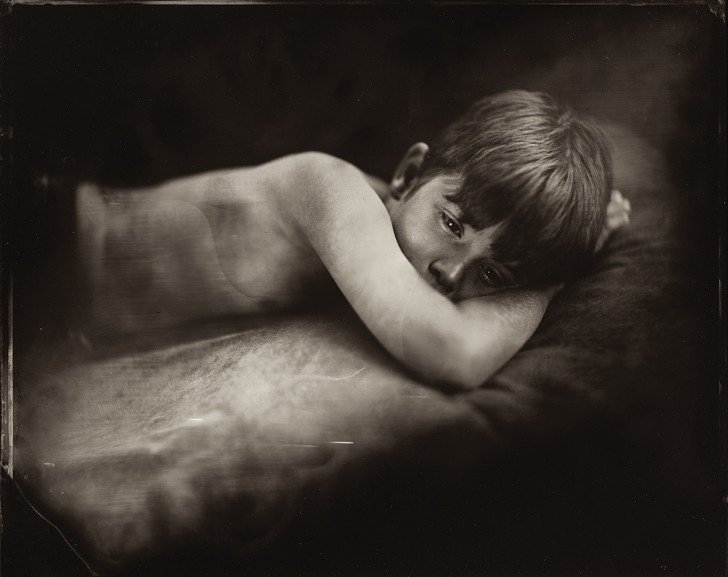
The reason she portrays children and adolescents is different from that of her colleagues. In fact, what Roberts loves about children and adolescents is their spontaneity rather than their innocence.
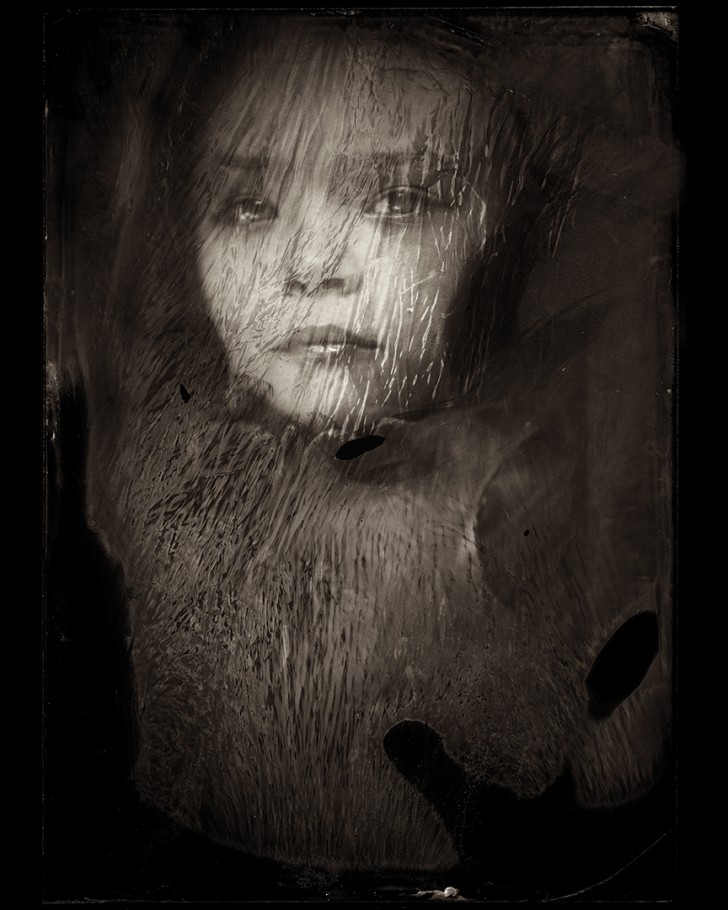
Advertisement
It is their "rawness" and inexperience that give value to her photographs.
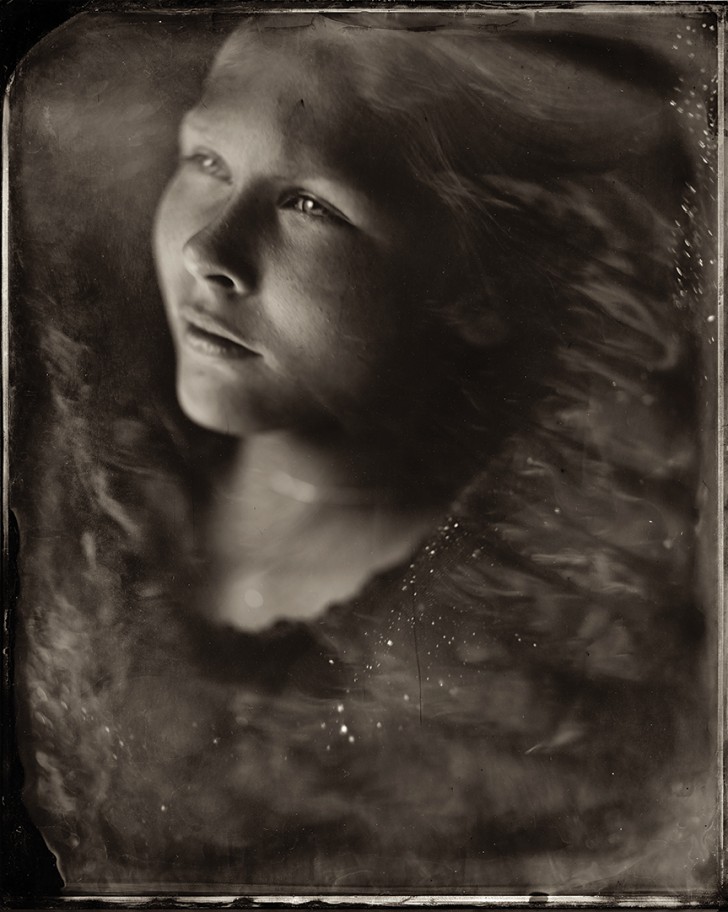
Jacqueline Roberts is completely self-taught when it comes to wet plate photography in particular and also photography in general.
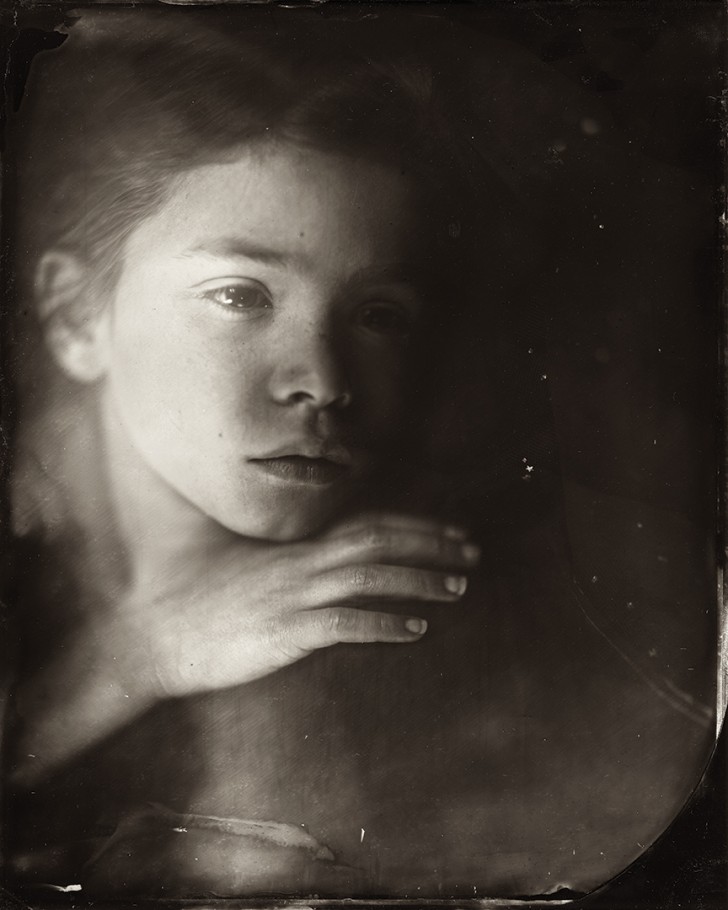
Advertisement
Her university studies had nothing to do with photography, but it has always been her great passion.
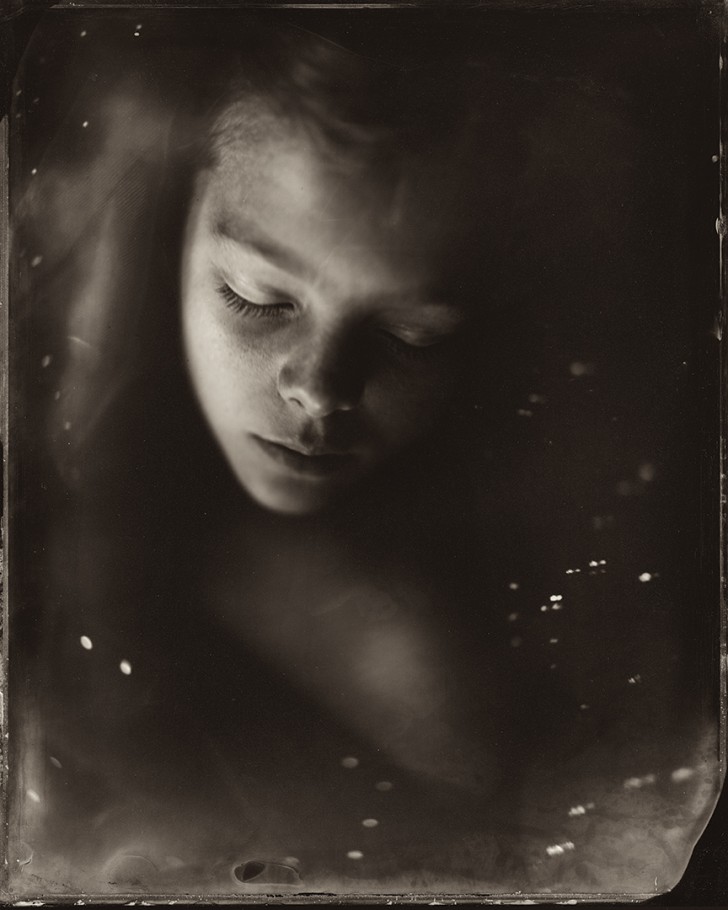
From France, her native country, Roberts moved to Germany where she now lives with her family.
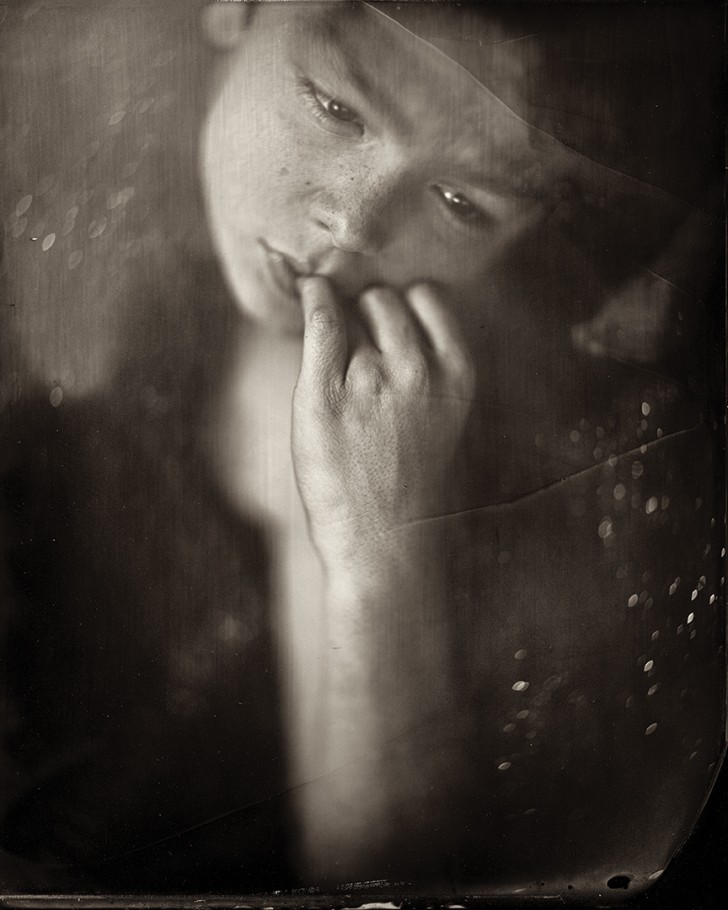
Advertisement
Her photographic images are known all over the world and are appreciated for their perfect blend of antiquity and modernity.
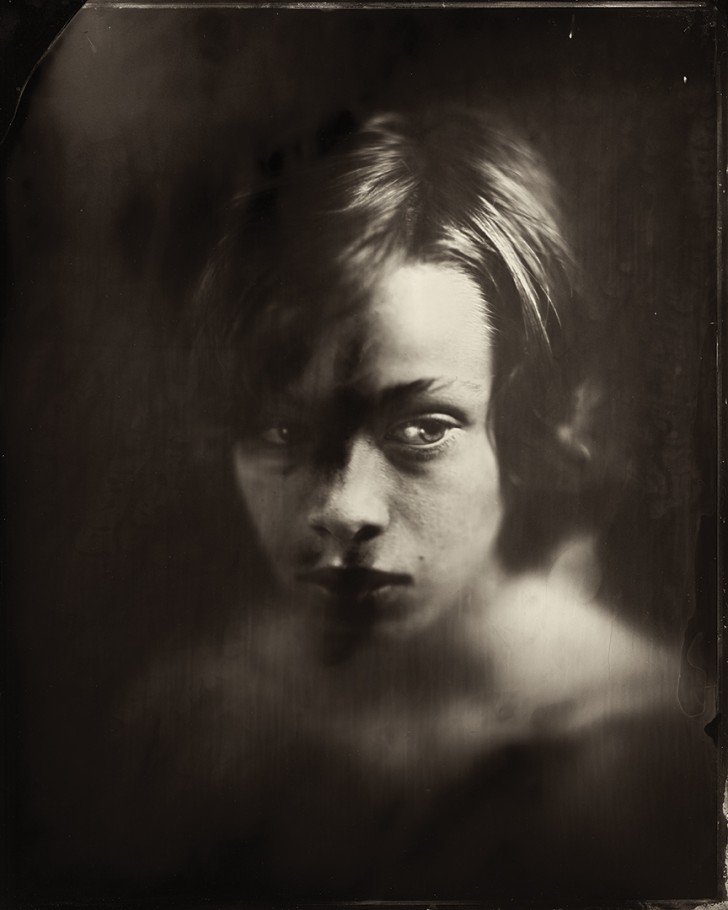
The eyes of the young subjects that she portrays are like magnets for those looking at them!
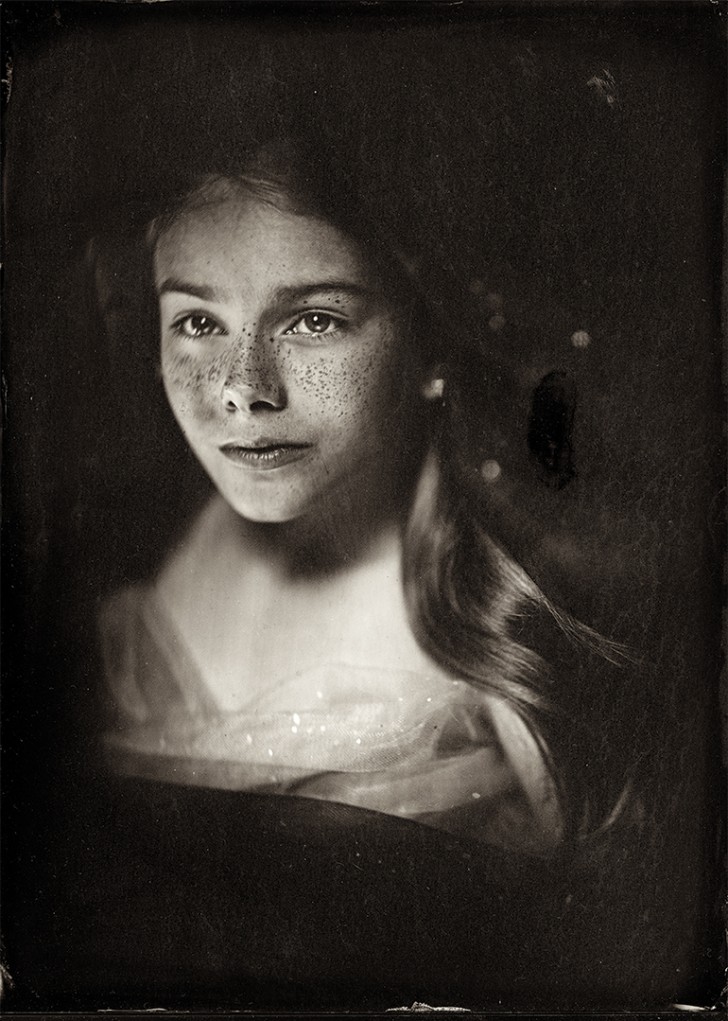
Advertisement
